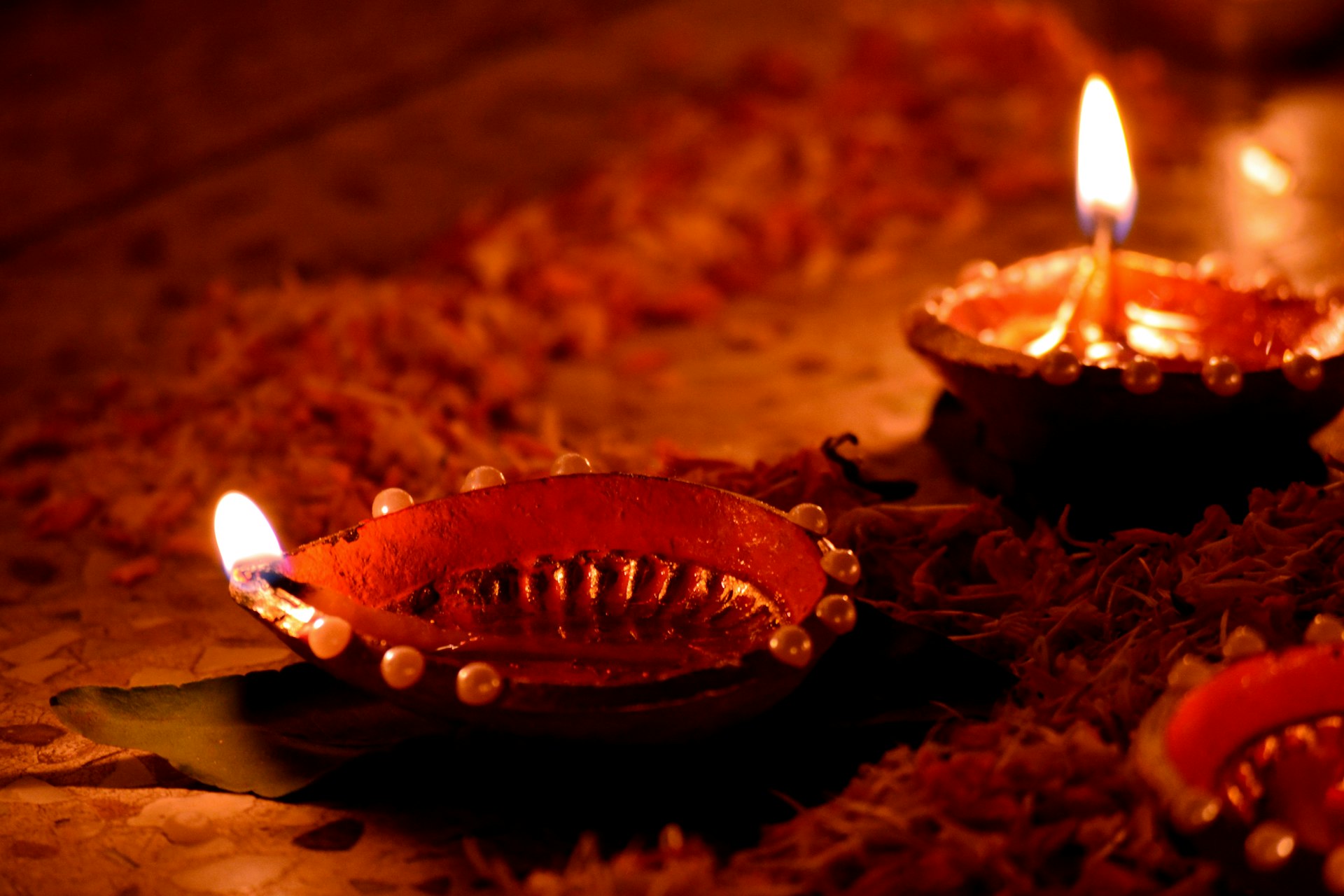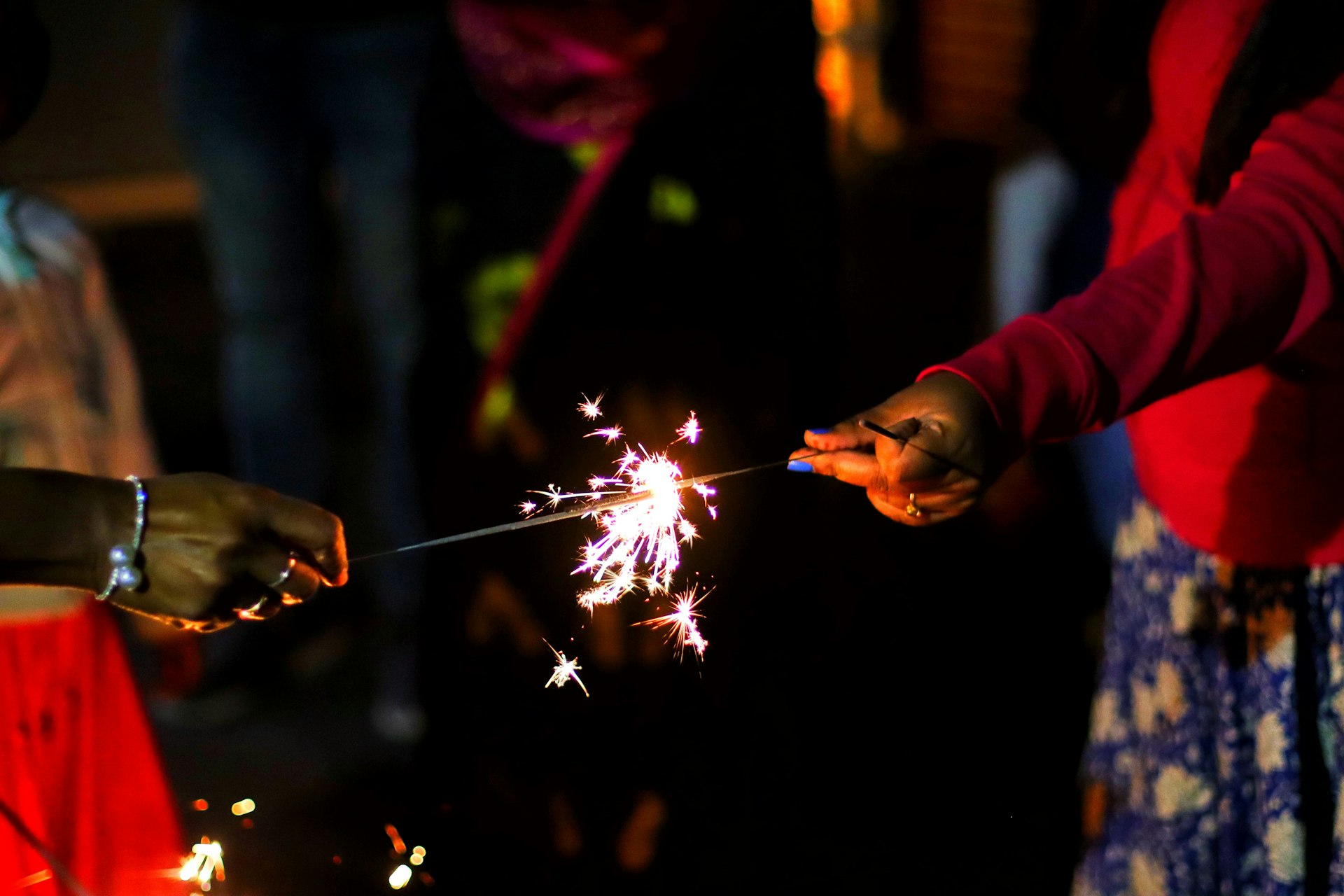
100 Words Essay on Deepawali for Kids:
Deepawali, also known as Diwali, is the Festival of Lights celebrated across India and by people worldwide. It symbolizes the victory of light over darkness and good over evil. During Diwali, people clean and decorate their homes with colorful rangolis and diyas (lamps). Families come together to enjoy delicious sweets, wear new clothes, and burst fireworks. Many people worship Goddess Lakshmi, the goddess of wealth, hoping for prosperity in the coming year. Diwali is a time for happiness, kindness, and togetherness, and it teaches us to spread light and joy in the lives of others.

500 Words Essay on Deepawali for Students:
Diwali, also known as Deepawali, is one of the most popular and widely celebrated festivals in India. Known as the “Festival of Lights,” Diwali signifies the triumph of good over evil and light over darkness. This ancient Hindu festival usually takes place in October or November, depending on the lunar calendar, and is celebrated by people of various faiths across India and worldwide.
The legend behind Diwali varies across regions and traditions, but one of the most famous stories is that of Lord Rama, an incarnation of the god Vishnu. It is believed that Lord Rama returned to his kingdom, Ayodhya, after 14 years in exile, during which he defeated the demon king Ravana. To celebrate his homecoming, the people of Ayodhya lit rows of clay lamps, called diyas, to welcome their beloved prince and illuminate the kingdom. Since then, lighting diyas has become a central part of Diwali celebrations, symbolizing the light that conquers darkness.
Diwali is celebrated over five days, each with its own significance. The first day, called Dhanteras, is dedicated to Goddess Lakshmi, the goddess of wealth, and marks the beginning of the festival. People clean their homes and make purchases, often of gold or silver, as a symbol of good fortune. The second day, Naraka Chaturdashi or Choti Diwali, commemorates the victory of Lord Krishna over the demon Narakasura, symbolizing the defeat of evil forces.
The third day is the main day of Diwali, which falls on Amavasya (a new moon night). On this day, families worship Goddess Lakshmi and Lord Ganesha for prosperity and wisdom. Homes are decorated with diyas, rangolis (colorful designs made from powdered colors or flowers), and lights, creating a bright, festive atmosphere. Families gather to perform prayers, exchange sweets, and light firecrackers, adding to the joy and excitement of the night.
The fourth day, Govardhan Puja, is celebrated in many parts of India as a day to honor Lord Krishna for his protection and blessings. People make small hill-like structures representing Mount Govardhan using cow dung or mud and decorate them with flowers. In some communities, this day is also dedicated to brothers and sisters, where sisters pray for their brothers' well-being.
The fifth and final day is Bhai Dooj, a celebration of the bond between brothers and sisters. On this day, sisters apply a tika (vermilion mark) on their brothers' foreheads and pray for their prosperity, while brothers give gifts in return, expressing their love and respect.
The significance of Diwali goes beyond lights, sweets, and gifts. It is a time to reflect on the values of kindness, love, and humility. Diwali teaches us to rid our lives of hatred, ignorance, and negativity, just as we light diyas to dispel darkness. It is also a time for families and friends to come together, celebrate, and strengthen bonds.
In conclusion, Diwali is more than a festival; it is a time of joy, hope, and spiritual growth. Celebrated with immense enthusiasm, Diwali reminds us of the importance of light, goodness, and unity in our lives. By celebrating Diwali, we celebrate our shared values and spread happiness, warmth, and positivity to those around us.